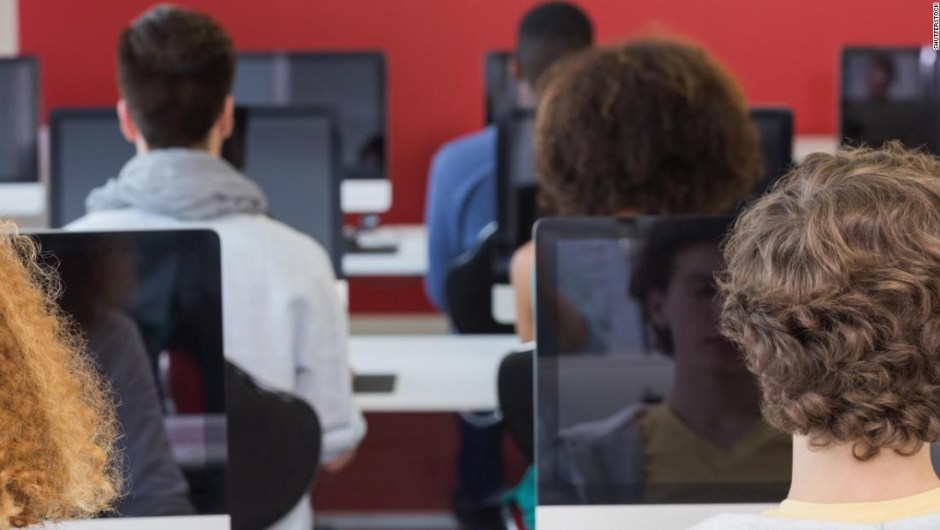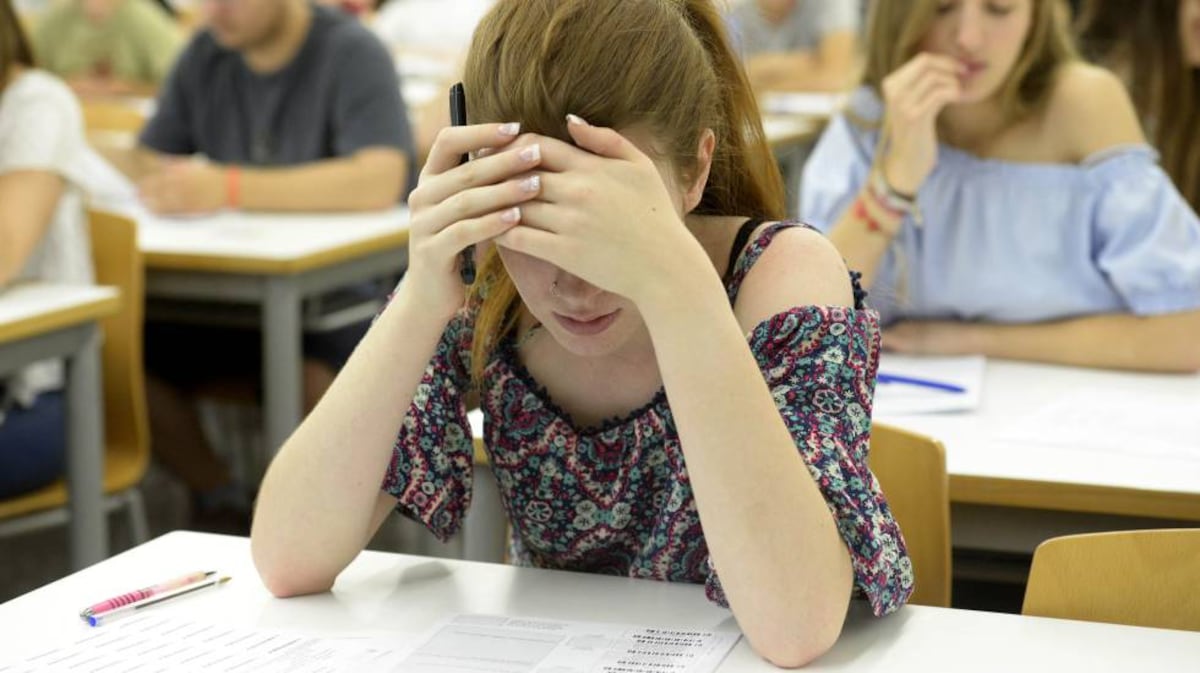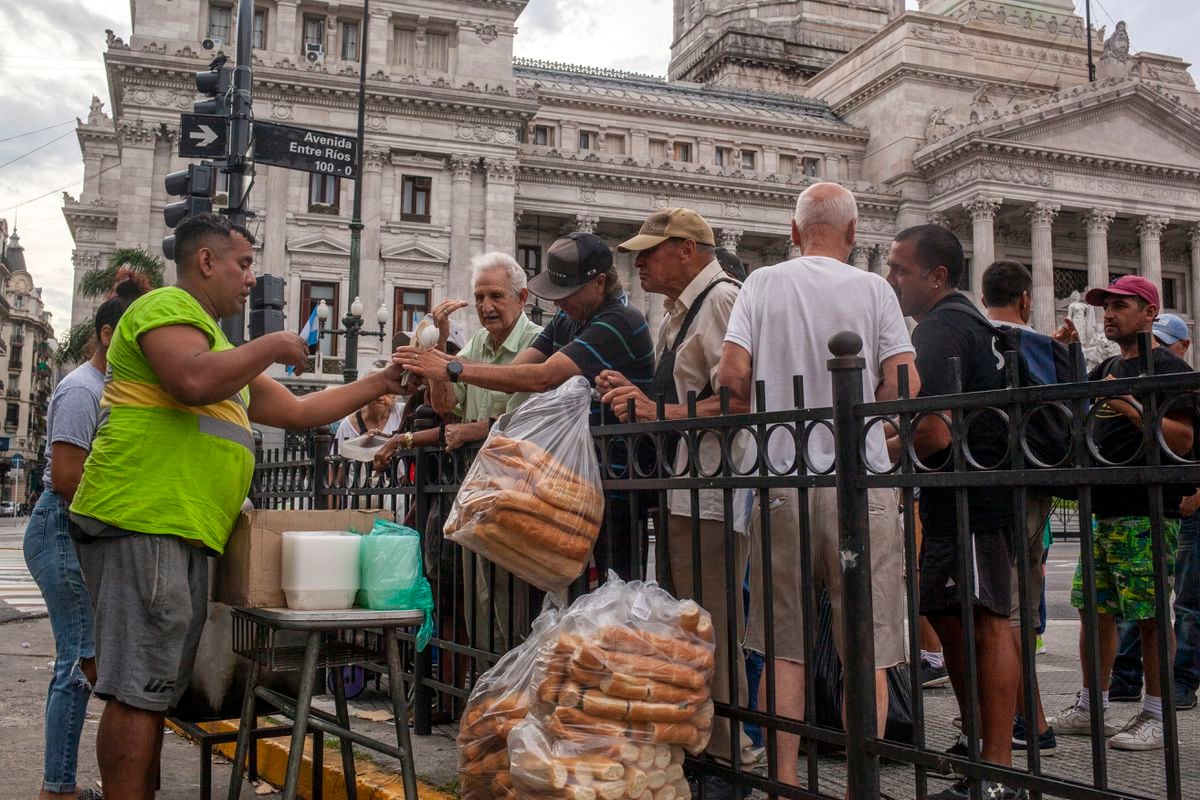Editor's Note: Erin Bromage is an associate professor of biology at the University of Massachusetts Dartmouth. Her research focuses on the evolution of the immune system and how animals defend themselves against infection. Follow him on Twitter @ErinBromage. The opinions expressed are yours. See more opinion pieces at cnne.com/opinion
(CNN) - «In February, I thought that not acting was slow. In April, I thought it was incompetent. I don't know how to process it was malice, ”Professor Ellie Murray tweeted.
These words have sounded to me in recent days. I agree with these words with these words.
I would add that, in the months since the new coronavirus pandemic began to largely shut down our communities, we have also wasted the opportunity to plan how to safely resume some of the most critical aspects of society.
Since many schools closed in March, there hasn't been enough discussion about how to re-open them more safely this fall. If we really wanted the schools to open, we would have worked collectively to reduce community transmission and have allocated the money and resources necessary to reopen the schools in the safest way possible.
If community transmission in my area remains low, my wife and I have made the calculated decision that we will send our children to school. I am comfortable with this decision because I understand and support the mitigation factors that our children's school has established.
My children also understand the importance of face masks, distance, and how their interactions with others increase the risk of infection.
But I acknowledge and have to admit my privilege. My children attend a private school with the resources to reopen in a way that maximizes the chance that they, their classmates, and the school staff will remain infection free.
Even with the resources available, my children's school teachers are nervous about their health and safety. And rightly so, if you have children and are not nervous about restarting schools, then you are not fully appreciating the situation facing teachers, staff, and your home.
Teachers in public schools have understandably the highest level of anxiety, based on conversations I've had with them.
I am somewhat embarrassed to admit the following, but one of the other factors that helped our decision to send our children to school is my knowledge of the link between socioeconomics and infection.
Families who send their children to private schools fall into demographic groups that are less likely to be seriously affected by the pandemic. We have long known that there is a wealth disparity with infection rates.
From the early days of the pandemic, public health officials recognized how the virus was deepening American inequality. The financial inequality that abounds in the United States led some families directly to the path of the virus while allowing many people with means and office jobs to isolate themselves in their homes, and continue working but remotely and far from this plague.
The wealth disparity is not unique to the United States. A similar phenomenon has also been observed in Canada. In a beautifully written piece, the Toronto Star clearly highlighted the difference in infection rates between the 20 lowest-income neighborhoods and the 20 highest-income neighborhoods in Toronto.
The number of new weekly covid-19 cases in low-income neighborhoods, at the peak time, was 6 to 8 times higher than in wealthy neighborhoods.
We can speculate why there is a wealth disparity with infection rates in our communities: more people in low-income neighborhoods may have been essential workers, providing more opportunities for exposure; Often the housing density in those neighborhoods is high, increasing ease of transmission between households once infections have penetrated the neighborhood; and there are often more people in less space within households, increasing infection rates within the household.
These disparities in infection rates should alarm us all. Not only because they highlight how fractured society is, but because they provide us with a forecast of what will come in the rest of the US when schools resume teaching face-to-face.
When people mingle in the workplace and those workers arrive home with a family, the spread of the virus in the community paves the way for transmission in the home.
Children across the United States were dropped out of school in the spring semester to finish the school year remotely and have largely been left home due to closure measures. But they will meet in groups when the school restarts in person.
The infection rates we have seen among low-income essential workers and their families could now become the infection rates we see in children attending school. And those infected children will come home to their community and mingle with each other in neighborhoods and sports. And they will spend many hours with their parents, siblings and relatives.
We now know that children can become infected. While the evidence is currently mixed about how easily they can become infected, ranging from half to adults (especially for children older than 10 years), the data is strong that children can become infected.
However, we can take some comfort from the data showing that children are much less prone to severe covid-19 outcomes. A lower severity of illness gives many people the justification they need to send their children to school.
This fact alone, along with the general good health of my family, comforts me a little in our decision to send our children to school.
But we must appreciate that children also harbor as many viruses in their noses as adults. This is important because the nose and mouth are the main locations through which the virus tries to leave its body and find a new host.
If children touch their nose or mouth and then touch another child or a shared surface, or cough or sneeze, the virus could easily be released into the school environment.
Since many children do not develop symptoms of covid-19 as severe as adults, their ability to transmit the virus may be less. But that transmission risk is still, of course, present. And when we consider that there are 56 million school-age children in the United States, that risk is nothing to take lightly.
Some parts of the U.S. have begun to return to school, with a closure in Indiana days after it opened due to an infected staff member. Other schools may have a little breathing space before the first infections are revealed.
But make no mistake, if there is community transmission in your area, once schools resume, there will be infected children and staff within those school walls. And once they are at school, you are confident in the mitigation efforts that the school has implemented (masks, physical distance, air filtration and ventilation, outdoor instruction) to stop transmission within the school.
What is your school doing to prepare? All parents, teachers, and staff members should ask critical questions safely. If the responses you receive do not align with your risk profile, then you should demand more from your school and your local government.
At this stage, the most important thing we can do is focus our attention on reducing community transmission, because once schools resume teaching in person, children will interact with a larger group of friends and we will give mobility to the virus and guests. susceptible it needs to spread in our community.










/cloudfront-eu-central-1.images.arcpublishing.com/prisa/KMEYMJKESBAZBE4MRBAM4TGHIQ.jpg)


